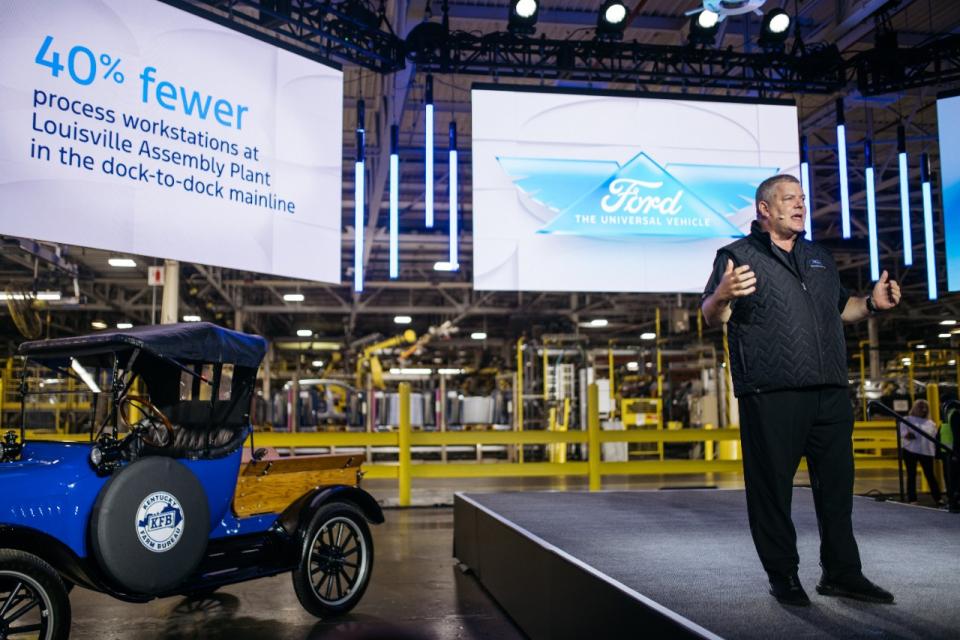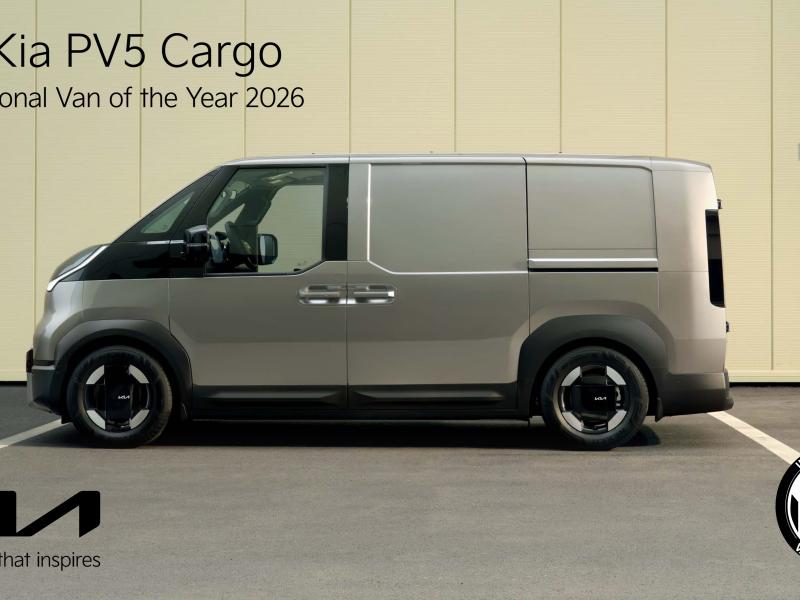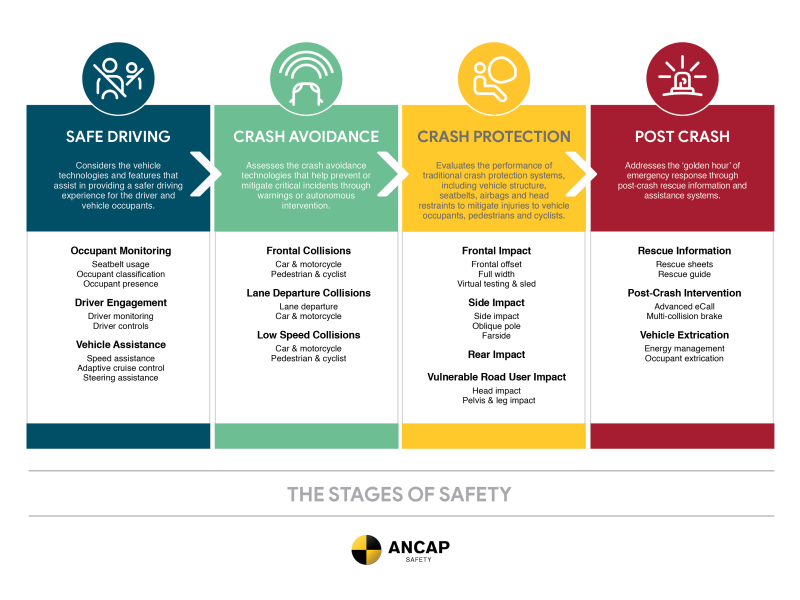Ford has announced a significant capital investment of US$5 billion into a new, simplified electric vehicle platform, with the first product slated to be a midsize electric utility vehicle launching in 2027. This initiative is aimed squarely at the mass market, including commercial fleets, with a targeted starting price of approximately $30,000, signaling a pivotal move towards making electric vehicles a viable and profitable option for business operations.
Vehicle Specifications and Fleet Suitability
The initial vehicle from this new platform will be a four-door, midsize electric pickup designed for practicality and efficiency. For fleet operators, key features include:
Utility and Capacity:- The design incorporates a proper ute bed, a secure lockable frunk for tool and equipment storage, and promises more passenger space than a contemporary Toyota RAV4, making it suitable for transporting crews and cargo.
Battery Technology:- At the core of the vehicle is a cobalt-free Lithium Iron Phosphate (LFP) battery pack, the first of its kind to be manufactured in the U.S. by a major automaker. LFP batteries are highly valued in commercial applications for their longer service life, enhanced durability, and improved safety profile compared to other common lithium-ion chemistries. Their lower cost is a key enabler of the vehicle's accessible price point.
Structural Design:-The battery pack is a structural component of the vehicle's floor, creating a very low center of gravity. This design enhances handling and stability, contributing to driver safety and comfort during long operational hours.
Innovations in Manufacturing and Total Cost of Ownership (TCO)
This project represents a fundamental redesign of Ford's production methodology, which has direct implications for vehicle cost and reliability. The "Ford Universal EV Platform" was developed by a specialized "skunkworks team" to be radically simpler than previous architectures. It utilizes 20% fewer parts, 25% fewer fasteners, and a wiring harness that is over a kilometer shorter than Ford's first-generation EVs. This reduction in complexity is expected to lower maintenance requirements and improve uptime, directly impacting the vehicle's total cost of ownership.
Furthermore, Ford is replacing the traditional moving assembly line with a new "assembly tree" concept. This process involves three sub-assemblies—the front, rear, and the structural floor with battery and interior components—being built simultaneously before final joining. This method, along with the use of large single castings ("unicastings") to replace numerous smaller parts, is projected to accelerate assembly by up to 15% and improve build quality.
Strategic Outlook for Commercial Electrification
Ford CEO Jim Farley has framed this $5 billion investment as a definitive move away from past, less successful attempts at producing affordable vehicles, aiming instead to build a "strong, sustainable and profitable business" in the EV sector. The investment spans Ford's Louisville Assembly Plant and a new battery facility in Michigan, securing nearly 4,000 U.S. jobs and reinforcing the domestic supply chain—a critical consideration for fleet procurement stability.
By targeting a $30,000 price point for a practical electric ute, Ford is positioning this platform to be the "Model T for the electric age," potentially accelerating the transition of commercial fleets to electric power by overcoming the significant cost barriers that have hindered widespread adoption. While final specifications such as range and official pricing are yet to be released, the strategic direction is clear: Ford is making a calculated bid to lead the market in affordable, commercially viable electric vehicles.






